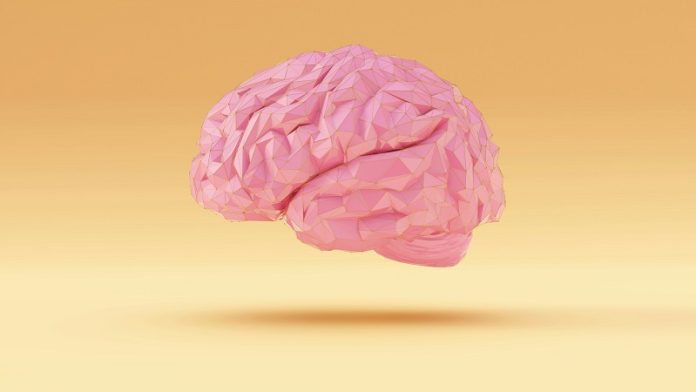
In the past, strokes were treated after the damage was done. Patients often faced serious disabilities, and recovery focused on rehabilitation.
That changed in 1996 when the FDA approved a medication called tissue plasminogen activator (t-PA). This “clot-buster” drug can restore blood flow to the brain during an ischemic stroke—the most common type—if given quickly.
Today, doctors act fast to diagnose and treat strokes. Specialists follow strict procedures to deliver care as quickly as possible.
This approach saves lives and improves recovery, helping stroke survivors lead better lives.
Survival rates for strokes vary based on factors like age, health, and access to medical care. In 2019, over 12 million people worldwide had strokes, and about half did not survive.
However, treatment options like t-PA and advanced devices that remove clots have greatly improved outcomes for many patients.
Ischemic strokes, caused by blocked blood flow, have a higher survival rate than other types like intracerebral hemorrhages, which are more severe.
Better detection and treatments have reduced stroke deaths over the years, but progress has slowed recently. Black Americans, for example, face higher stroke death rates and worse long-term outcomes compared to white Americans.
Doctors now have several tools to prevent and treat strokes. These include:
- Clot-busting medications like t-PA
- Endovascular treatments to open blocked blood vessels
- Blood thinners to reduce clot risks for patients with irregular heart rhythms like atrial fibrillation (AFib)
- Medications for high blood pressure, diabetes, and cholesterol to lower stroke risks
- Heart defect repairs to prevent strokes in certain younger patients
Advanced imaging technology helps doctors detect strokes quickly, see blockages, and plan treatments within minutes of a patient arriving at the hospital.
The importance of quick action
Time is critical when it comes to strokes. Each minute without treatment kills nearly 2 million brain cells, increasing the risk of disability or death. Recognizing stroke symptoms and acting fast can save lives. The acronym FAST can help you remember the key signs:
- Face: Drooping or weakness on one side, trouble smiling, vision problems, or a sudden severe headache.
- Arms: Weakness or numbness, especially on one side, or trouble walking.
- Speech: Slurred or difficult speech, or confusion.
- Time: Call 911 immediately if you notice any of these signs.
Preventing strokes
A healthy lifestyle is the best way to lower your risk. The American Stroke Association recommends 30 minutes of moderate exercise five days a week and a diet rich in fruits, vegetables, and lean proteins. Other tips include:
- Drink more water to stay hydrated.
- Limit salt and sugar in meals.
- Cook with healthy oils like olive or canola oil.
- Control blood pressure, diabetes, and cholesterol.
- Quit smoking if you smoke.
If you’ve had a stroke, these same steps can reduce your risk of another one.
Living after a stroke
Strokes can be life-threatening, but many people survive and recover well. The type and severity of the stroke and how quickly treatment was given affect recovery. While strokes may shorten life expectancy by a few years, proper treatment and lifestyle changes can greatly improve a person’s outlook.
Rehabilitation, including physical, occupational, and speech therapies, can help survivors regain skills and return to daily activities. Some even recover fully and live as they did before.
Takeaways
Knowing the signs of a stroke and acting fast can save lives. Seek immediate medical help if you suspect a stroke. Prevention is key—maintain a healthy lifestyle and manage medical conditions to lower your risk. And remember, with today’s advances in treatment, many stroke survivors can recover and lead fulfilling lives.
If you care about stroke, please read studies about how to eat to prevent stroke, and diets high in flavonoids could help reduce stroke risk.
For more information about health, please see recent studies about how Mediterranean diet could protect your brain health, and wild blueberries can benefit your heart and brain.



